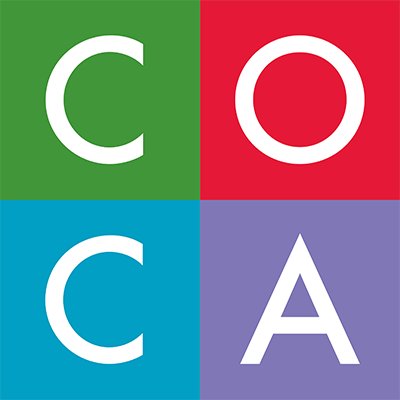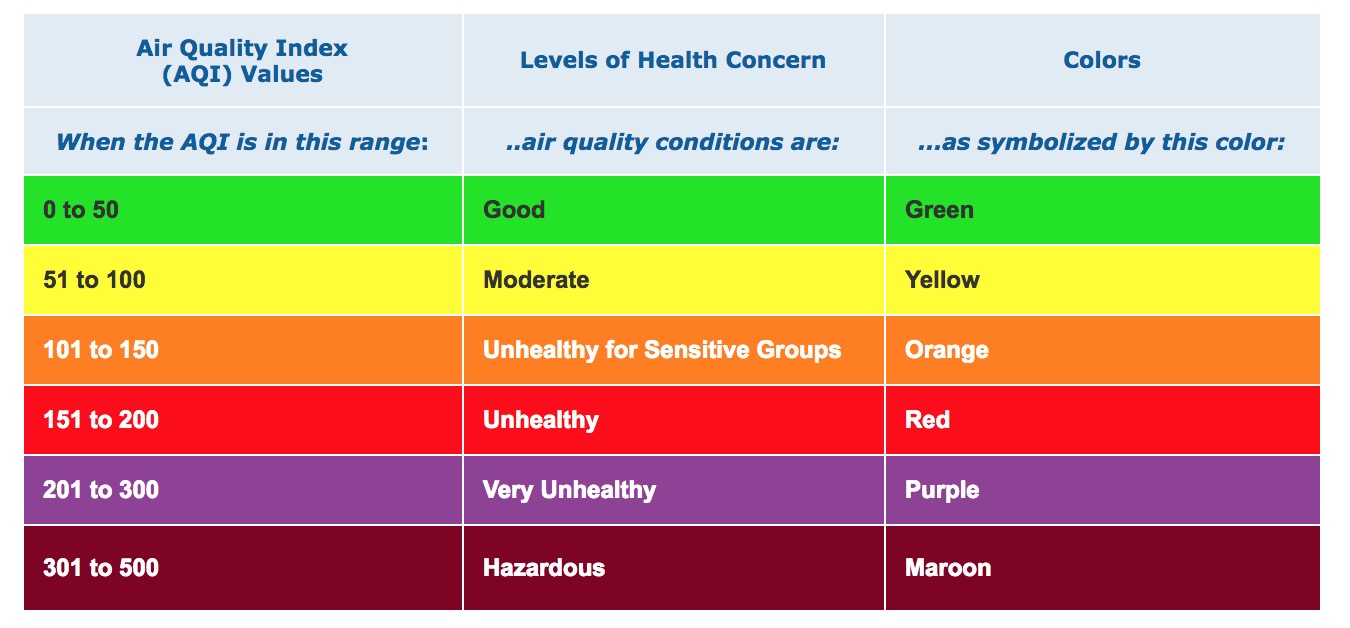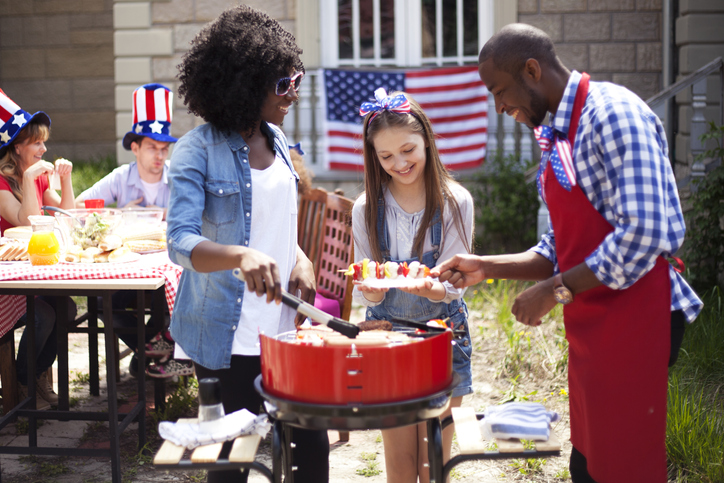As the fourth largest multidisciplinary community arts center in the country, COCA is a national leader in innovative arts education that nurtures artistic and creative potential in students through dance, vocal music, theatre, art and design and beyond. COCA pairs these core values with an extraordinary devotion to going green in order to build a stronger, healthier St. Louis community.
A returning participant in the St. Louis Green Business Challenge, COCA earned the esteemed title of Challenge Champion for their ongoing commitment to implement environmentally friendly measures into everyday operational practices. During the 2020 Challenge, COCA elected to develop and report on their Champion Innovation Project – Sustainable Features of COCA’s New Ferring Wing – that focuses on clear sustainability goals enforced in the construction of their new space that houses the 450-seat Catherine B. Berges Theater, Staenberg Performance Lab, two new dance studios, Dierbergs Kitchen at COCA and more.
With a commitment to making St. Louis a better place to live, work and play, COCA worked closely with the project design and construction teams to develop a responsible design for a sustainable building of lasting quality to be enjoyed for generations to come. The new building includes several eco-friendly features, such as 100% LED lights, two new high-efficiency Daikin air handling units, three new water bottle filling stations to help reduce the use of disposable cups and plastic bottles, all new restroom faucets equipped with automatic sensors to control water usage, and a new landscape design featuring all native plant life. Moreover, a green roof was incorporated at the juncture between the two wings of the facility to provide additional green space to the property and to support local pollinators.
To further reduce environmental impact, COCA’s new dance studios were designed to take in as much natural light as possible and were equipped with daylight sensors to help reduce energy use during daytime hours. Last but not least, all studios were equipped with A/V and streaming capabilities to allow for at-home arts instruction. Ultimately, this will help reduce the need for transportation and cut down on carbon emissions, which also benefits the region’s air quality!
COCA prioritizes ecological stewardship in their daily procedures and has taken several steps to preserve energy, recycle, reduce waste and ‘go green’ in all possible avenues. By participating in single-stream recycling, COCA strives to maintain a clean, sustainable and environmentally conscious facility. COCA also remains dedicated to purchasing eco-friendly office cleaning supplies and electronics that meet ENERGY STAR specifications for optimal energy efficiency.
The Clean Air Partnership is pleased to recognize the efforts of organizations like COCA that continue to do their share for cleaner air by channeling their time and energy towards practicing sustainability. For additional information on how your company can get involved in the St. Louis Green Business Challenge, subscribe to their weekly E-Newsletter or visit www.stlouisgreenchallenge.com. To learn more about the link between sustainability and air quality, explore our website, like us on Facebook or follow us on Twitter at @gatewaycleanair.



